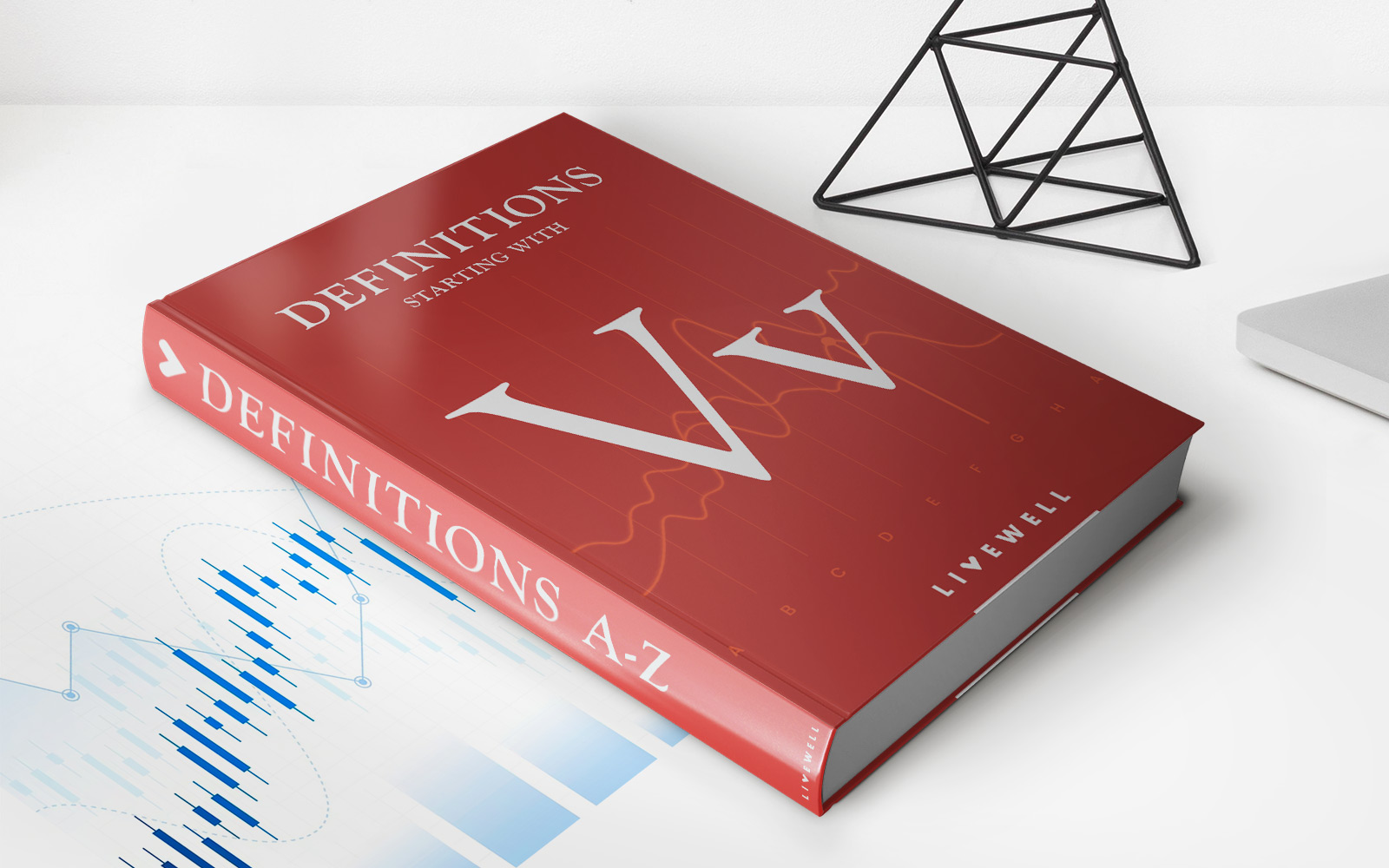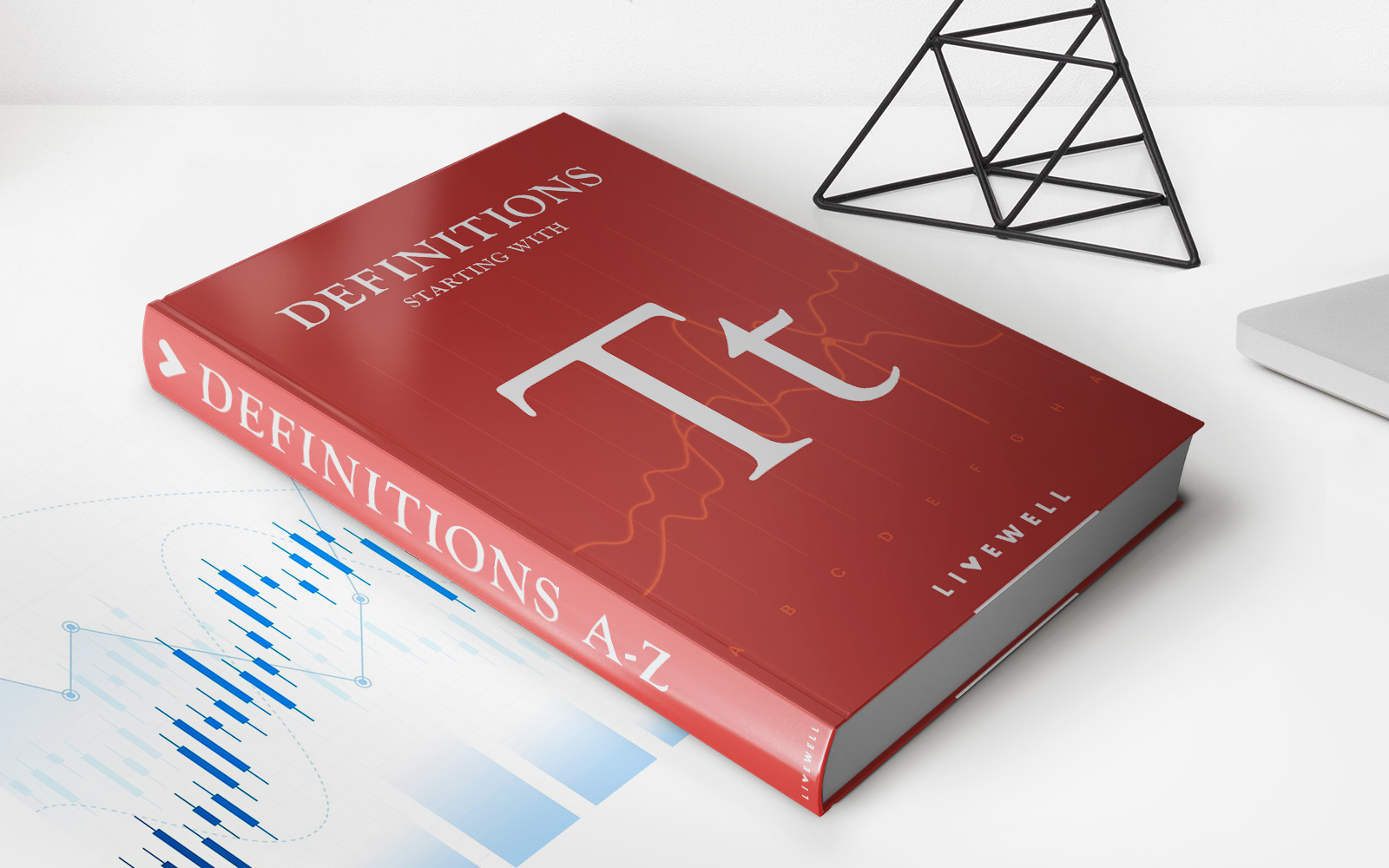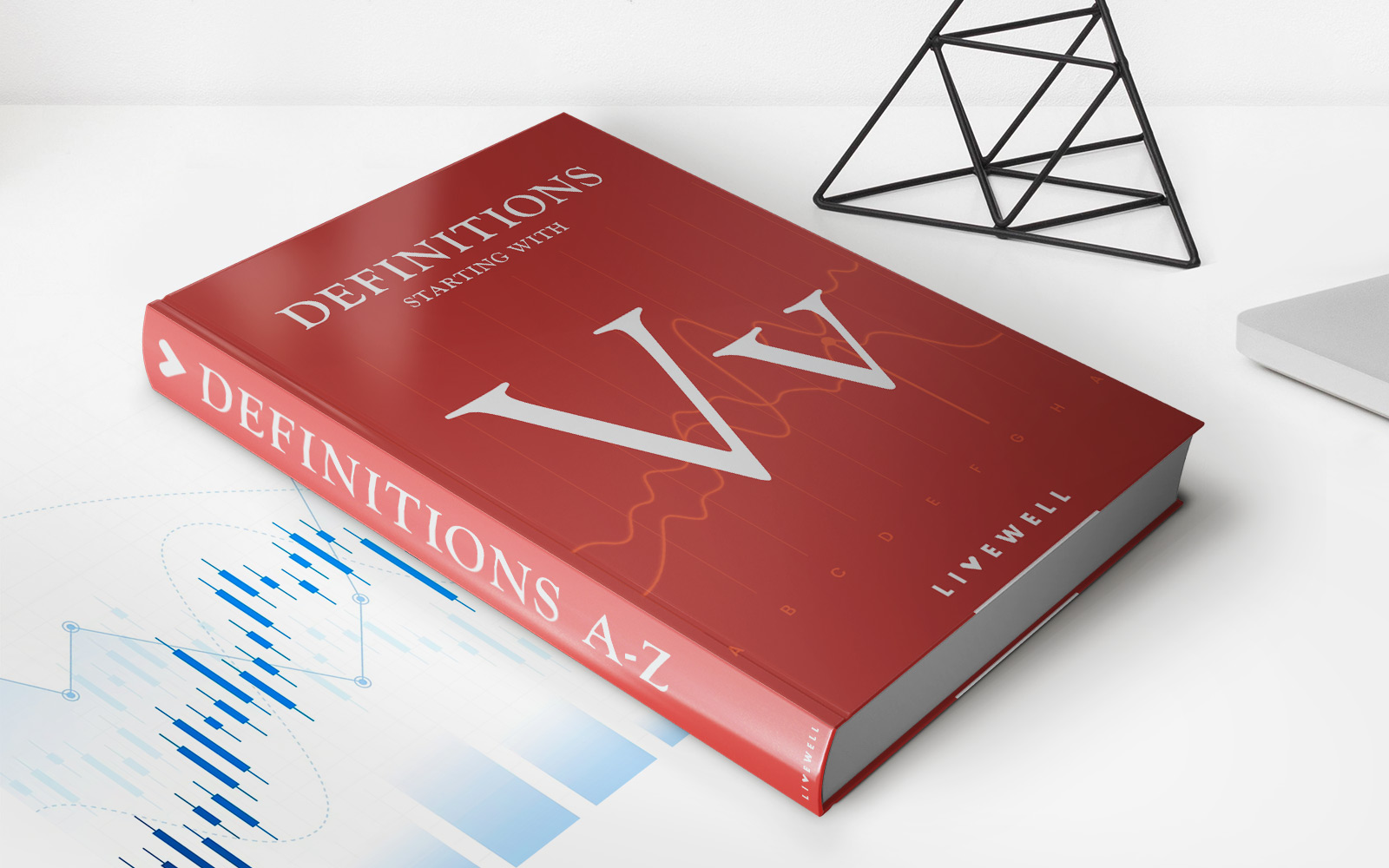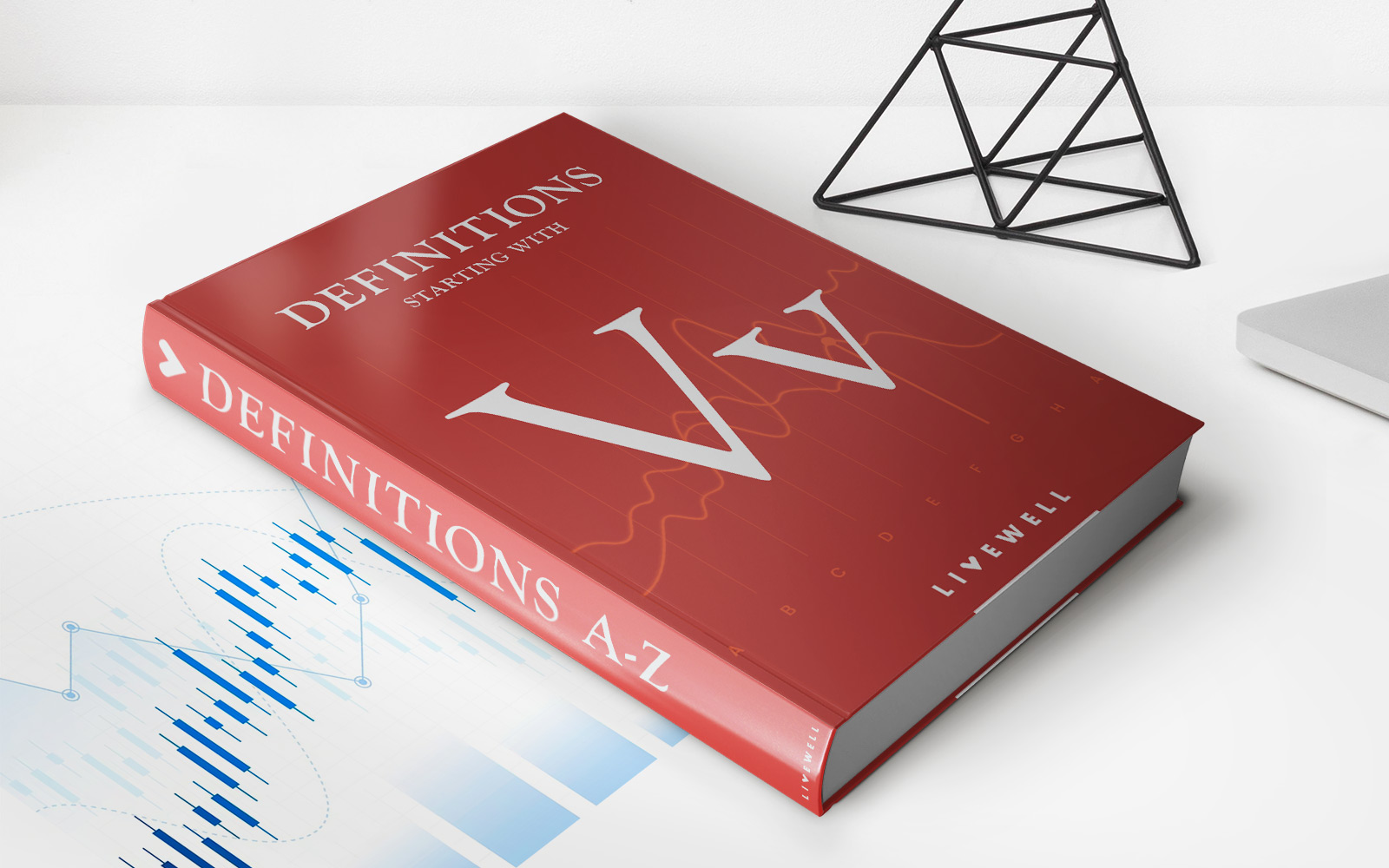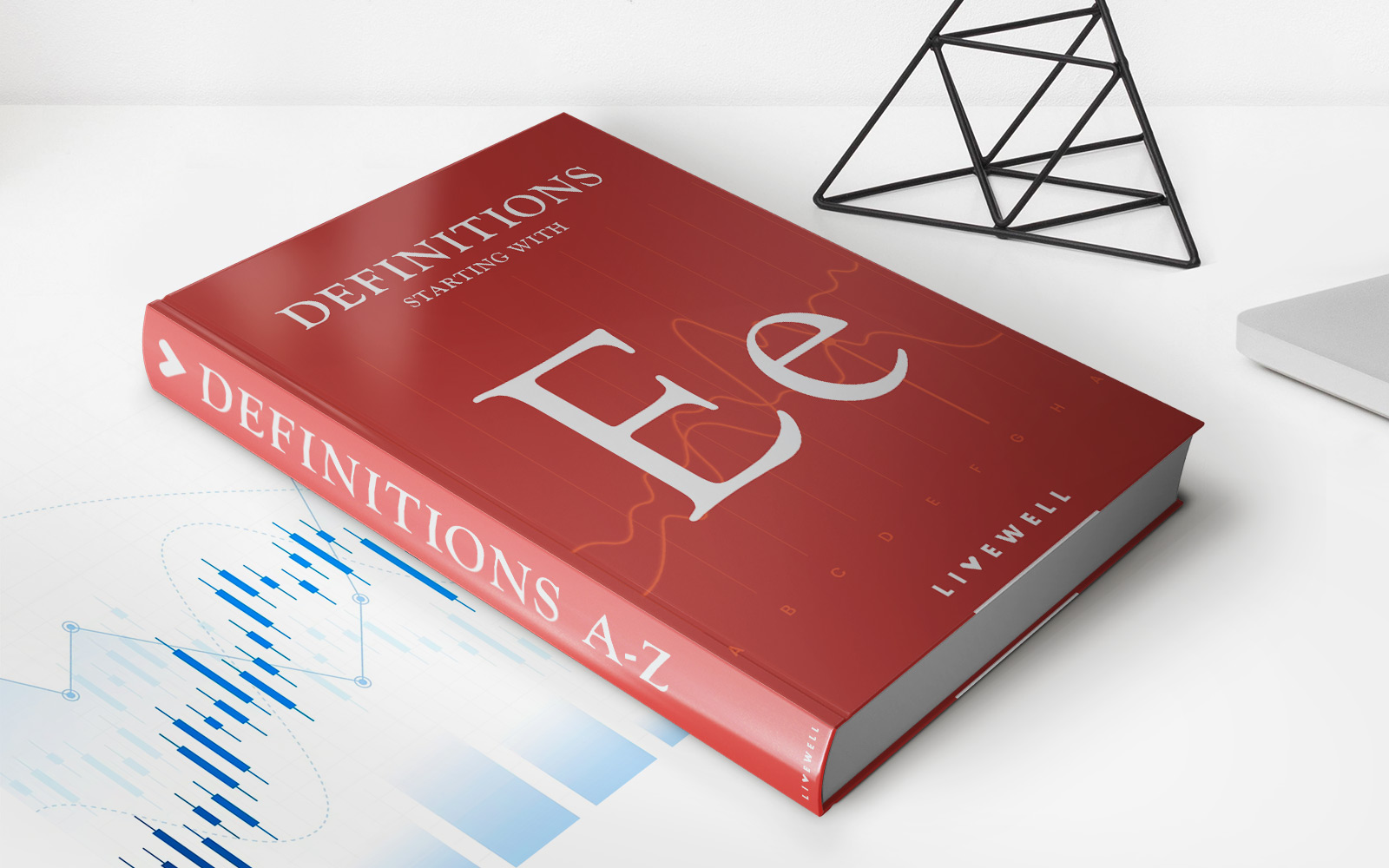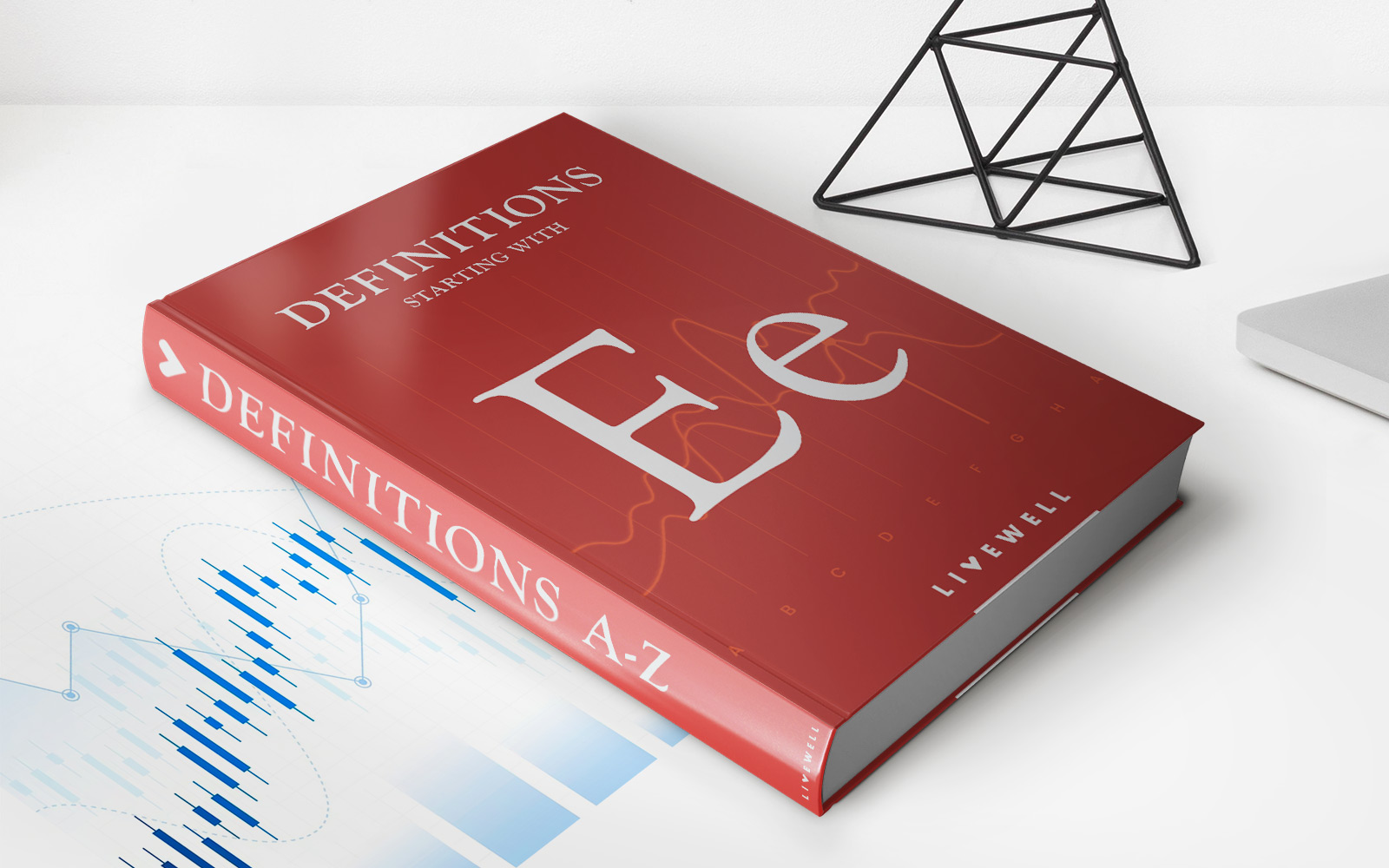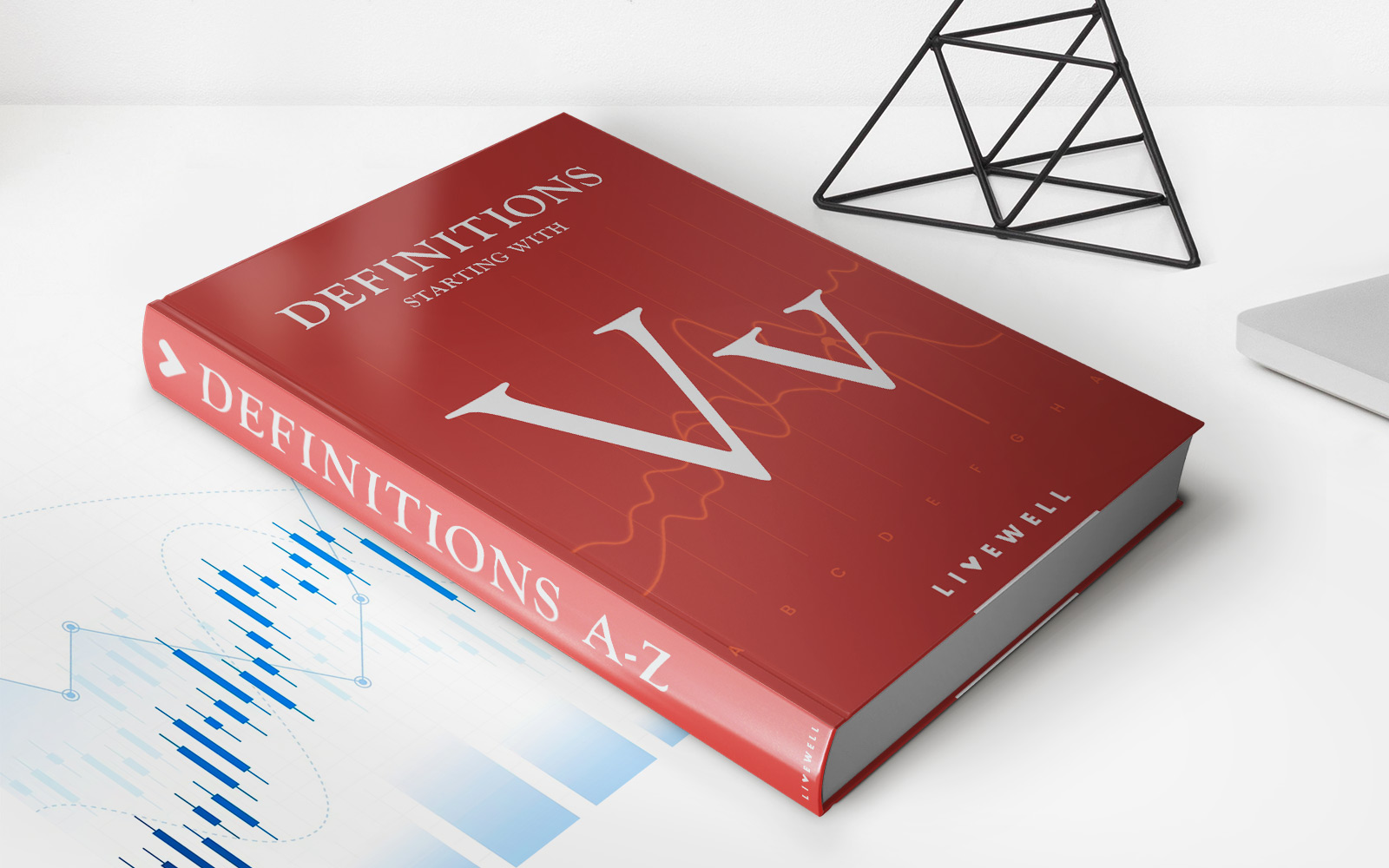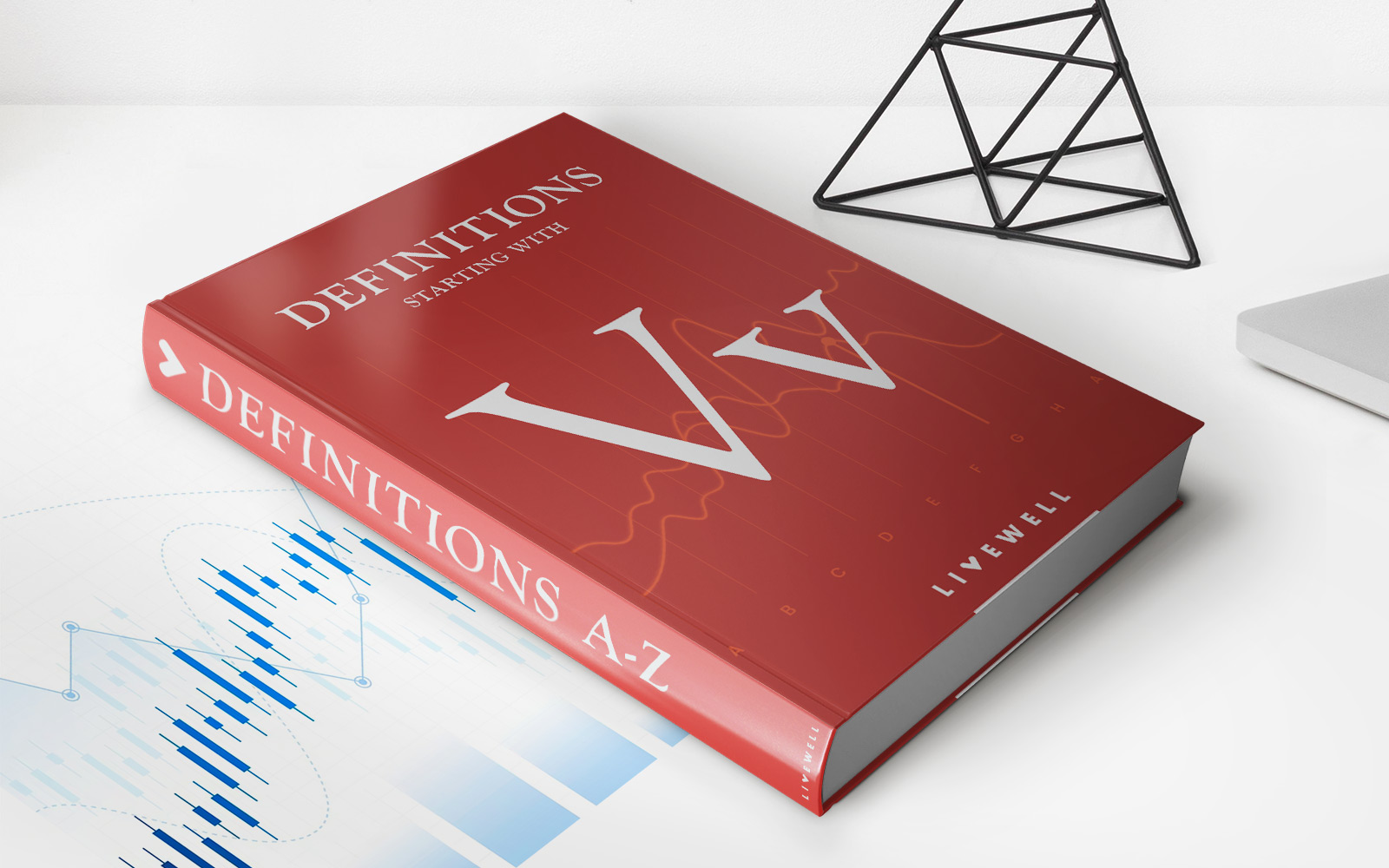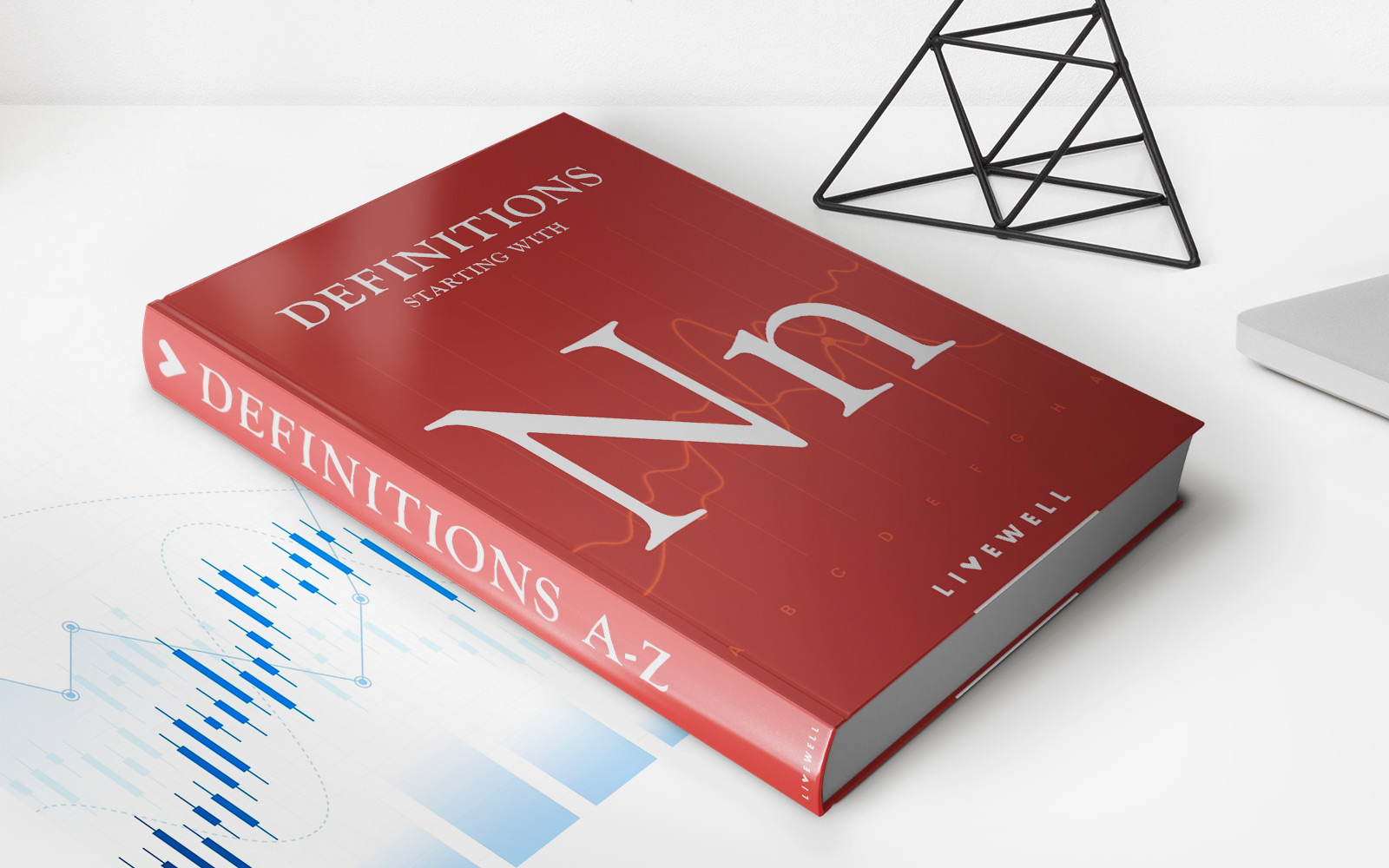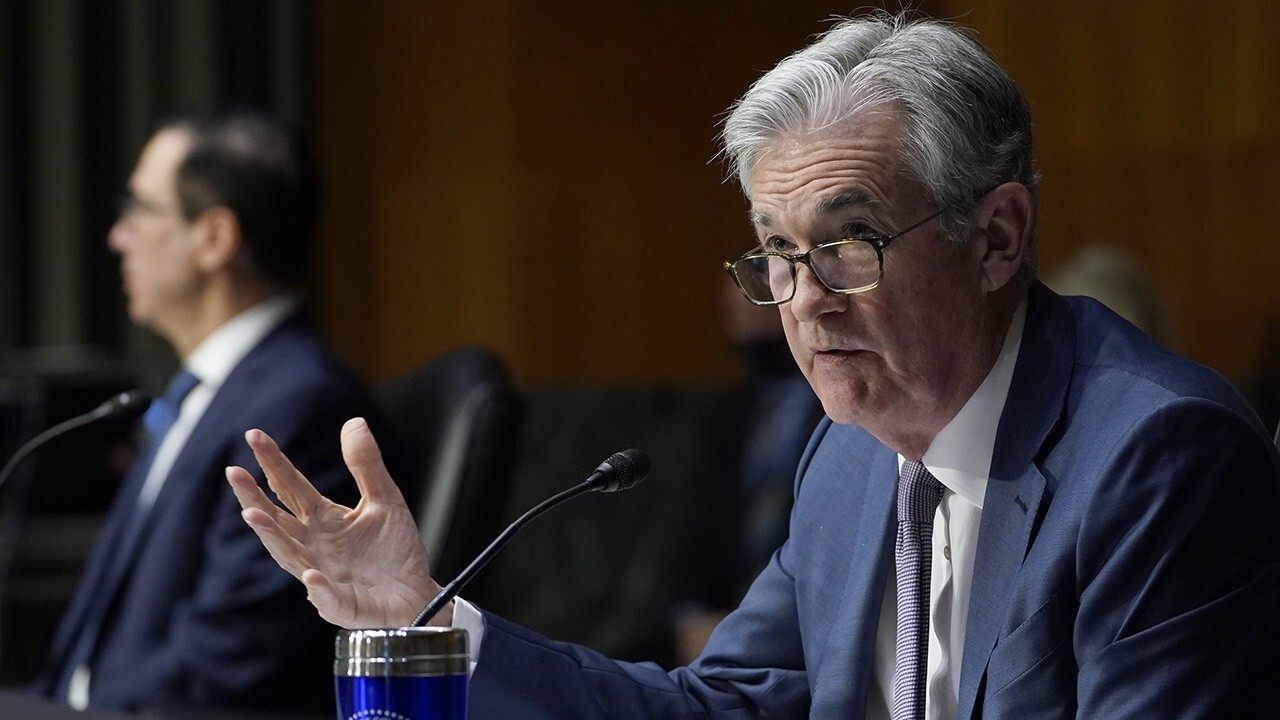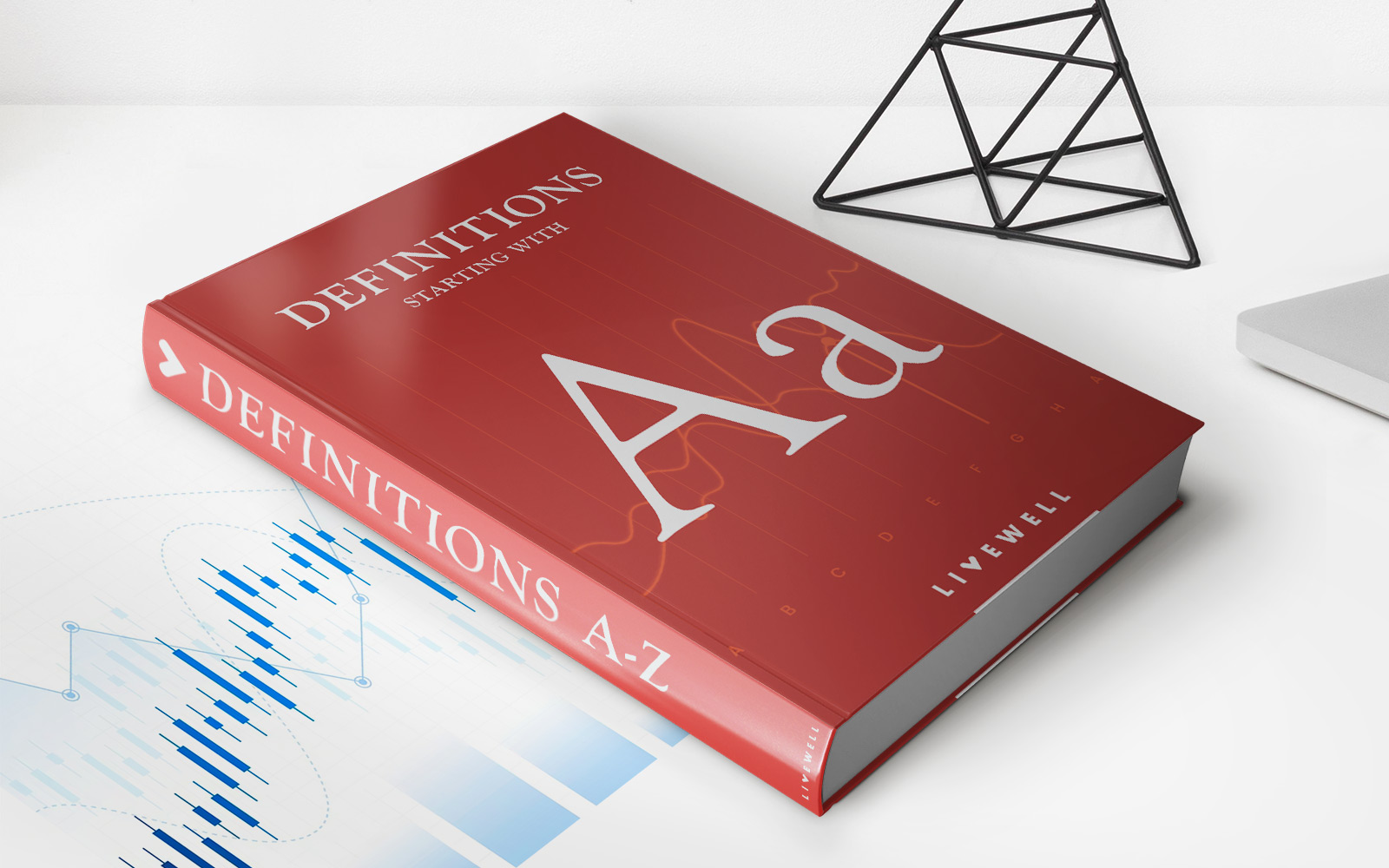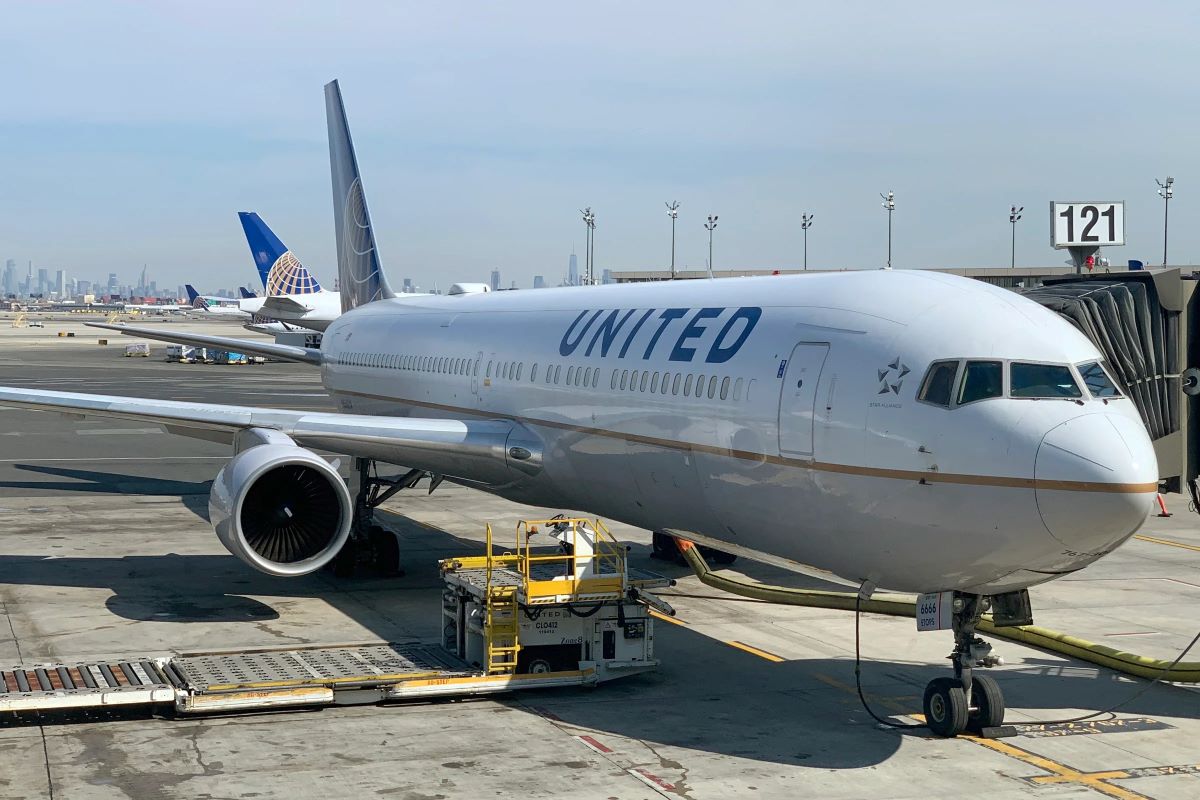Home>Finance>Voluntary Export Restraint (VER): Definition, Uses, Example
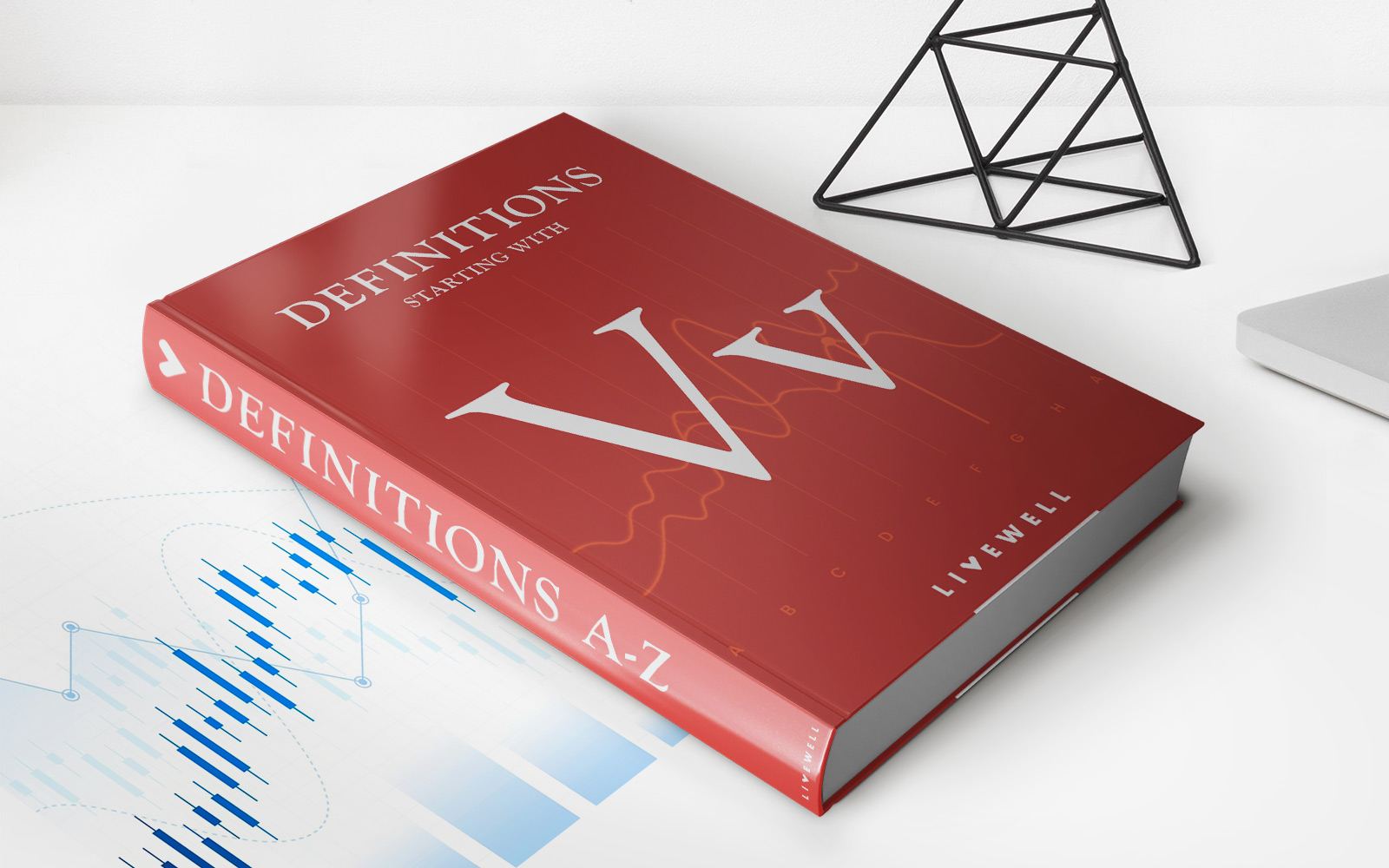

Finance
Voluntary Export Restraint (VER): Definition, Uses, Example
Published: February 16, 2024
Discover the meaning, applications, and real-world example of Voluntary Export Restraint (VER) in the field of finance. Learn how it impacts international trade and economic policy.
(Many of the links in this article redirect to a specific reviewed product. Your purchase of these products through affiliate links helps to generate commission for LiveWell, at no extra cost. Learn more)
Voluntary Export Restraint (VER): Definition, Uses, Example
In the world of finance, there are various instruments and strategies that play a crucial role in international trade. One such instrument is the Voluntary Export Restraint (VER), which is a governmental policy or agreement between two countries regulating the export of a particular product. In this blog post, we will take a deeper look at Voluntary Export Restraint (VER), its definition, uses, and provide an example to better understand its practical application.
Key Takeaways:
- Voluntary Export Restraint (VER) is a government-imposed policy that limits the quantity of a specific product that a country can export.
- VER is often implemented in response to political pressure or as a measure to protect domestic industries from foreign competition.
Understanding Voluntary Export Restraint (VER)
Voluntary Export Restraint (VER) is a policy mechanism used by governments to limit the quantity of a specific product that a country can export to another country. It is enforced through an agreement between the exporting and importing countries, where the exporter voluntarily agrees to limit its exports to a predetermined level.
VERs are commonly imposed in response to political pressure or to protect domestic industries from intense foreign competition. By implementing VERs, governments aim to strike a balance between meeting the demands of their domestic industries and maintaining amicable trade relations with other nations.
VERs can be applied to various sectors and products, including textiles, automobiles, electronics, and agricultural commodities. The limitations set by the exporting country can be in the form of quotas, specific product standards, or voluntary agreements to increase prices.
An Example of Voluntary Export Restraint (VER)
One notable example of Voluntary Export Restraint (VER) can be seen in the automobile industry during the 1980s. In response to increasing imports of Japanese cars to the United States, the U.S. government negotiated a VER with Japan. Under this agreement, Japanese car manufacturers voluntarily limited exports to a specific quantity, ensuring that the domestic U.S. auto industry could maintain market share.
This example shows how VERs are used as a protective measure to shield domestic industries from excessive foreign competition. While VERs can provide short-term relief for domestic industries, they can also create additional complexities in international trade and potentially lead to retaliatory measures from affected countries.
Conclusion
In conclusion, Voluntary Export Restraint (VER) is a mechanism used by governments to regulate the export of a specific product. It serves as a tool to protect domestic industries from foreign competition and is often implemented in response to political pressure or industry demands. While VERs can provide temporary relief for domestic industries, they also pose challenges and complexities in international trade relationships. By understanding the concept of VERs, we can gain insights into the dynamics of global trade and the measures taken to maintain a balance between domestic interests and international relations.
